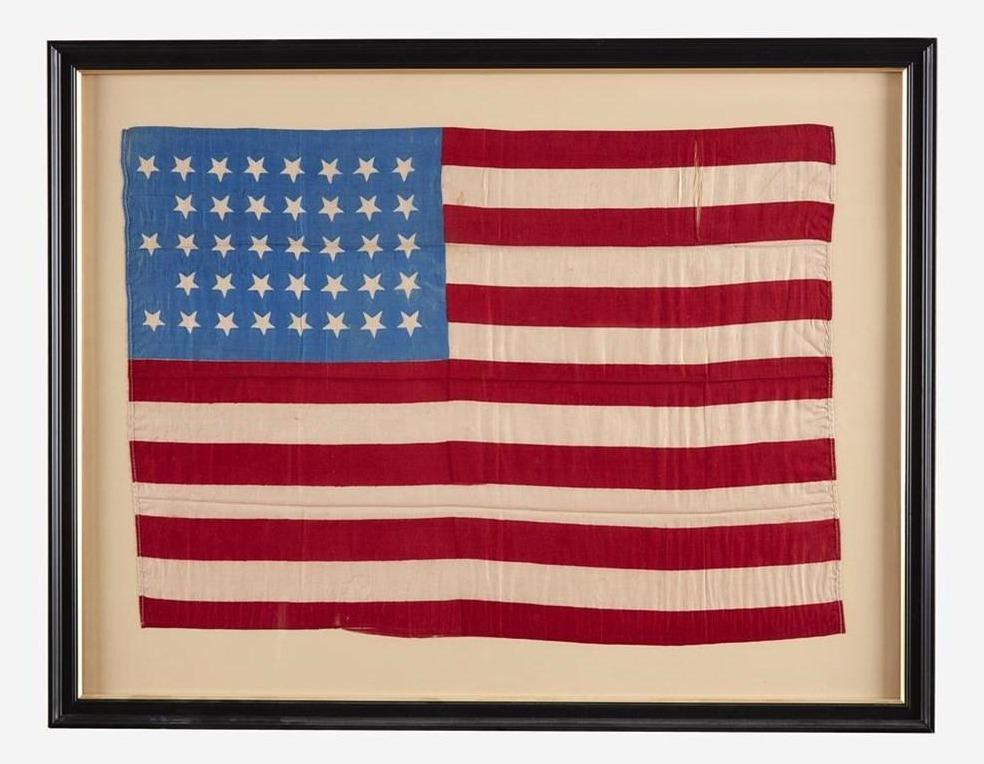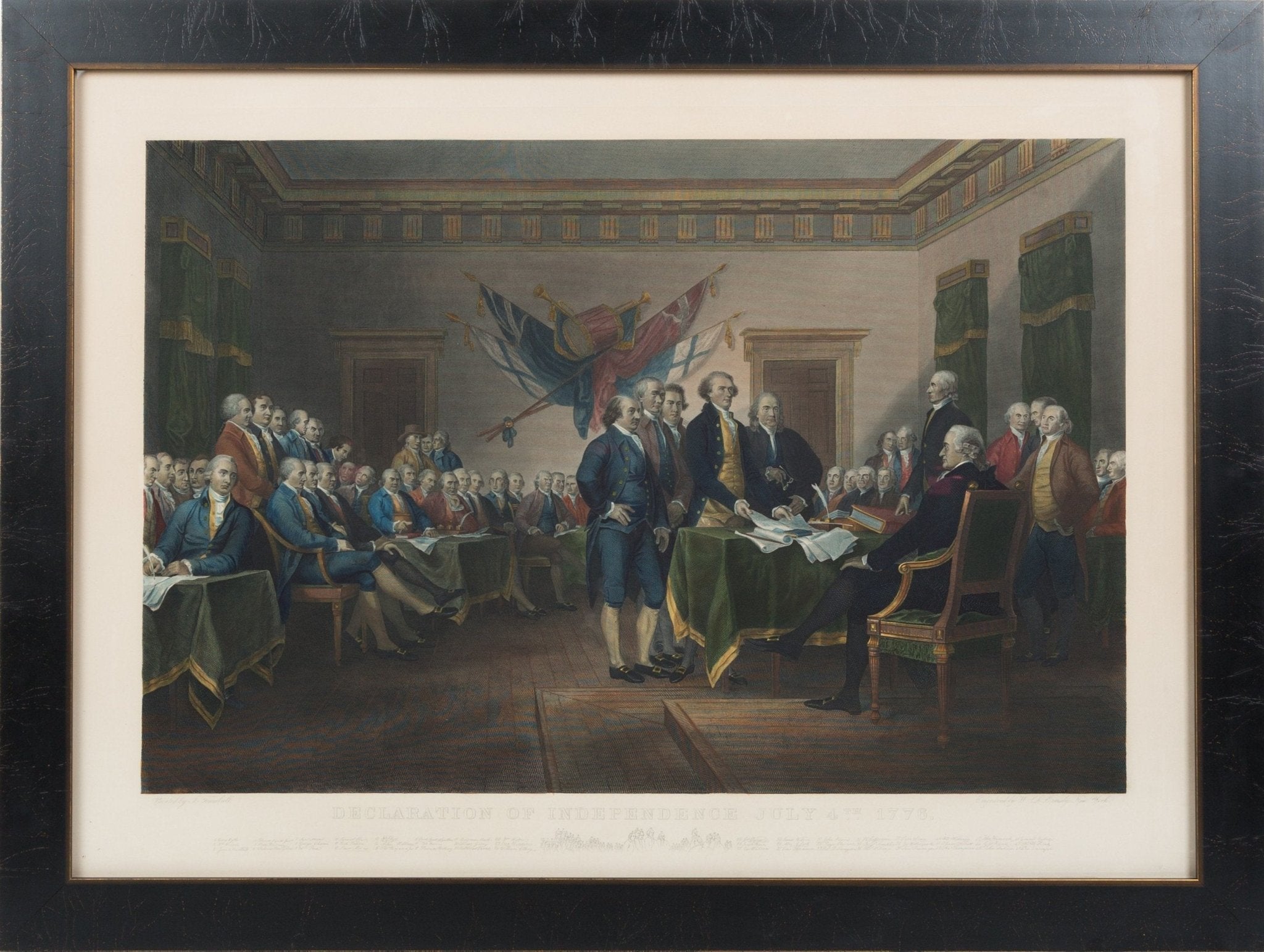Eagles in American Art
Depictions of eagles can be seen across American art. The national bird of the United States, the eagle has been used as a symbol of American freedom for centuries. Take a closer look at eagles in art in this week’s blog.
In 1782, Congress designated the bald eagle, a bird unique to North America, as the national bird and animal of the U.S. The bird was admired for its speed and strength in the wild, and became a symbol of freedom and perseverance. The eagle motif has been widely used throughout U.S. history, most notably as part of the Great Seal. The founders of the United States were fond of comparing their new republic with the Roman Republic, in which eagle imagery, usually the golden eagle, was prominent. On June 20, 1782, the Continental Congress adopted the design for the Great Seal of the United States depicting a bald eagle grasping 13 arrows and an olive branch with its talons. Since then, the eagle has been a continuous symbol of the United States and its values.
Carved eagles became increasingly popular in folk art due partly to the carved art by John Haley Bellamy. Bellamy produced highly stylized carved wooden eagles, primarily designed for the fronts of ships and homes. Bellamy’s iconic style of carving eagles became so well known that they soon were labeled the “Bellamy Eagle,” and they have been mimicked by artists to this day. His eagles were highly prized for their quality and his attention to detail in crafting them. Bellamy’s eagles were carved in a stylistic manner, to show individual feathers but also evoke a sense of mass and movement in the wings. Every eagle carved by Bellamy was unique, yet they had certain common characteristics: the beak was generally broad and flattened on top; the eye sockets were heavily incised, and; the wings were hollow or dark underneath, giving eagles the illusion of lift and flight.
Bellamy’s first eagle carving commissions were for large eagles in the round or long, wide forms for commercial and civic clients. The Bellamy Eagles were commonly two-feet-wide and painted plaques. They were easily transportable, affordably priced (only one or two dollars apiece), and often included political, religious, holiday, or personal statements on the front. Common phrases depicted on the eagles were “Don’t Give Up the Ship” or even “Merry Christmas!” The Bellamy eagle easily appealed to a broad spectrum of clientele.

Hand-Carved Gilt Wood Perched American Eagle
Eagle carvings have long been used for display on ships, as well as homes. A closer look at many houses throughout the country will reveal that many are adorned with carved or cast iron eagles affixed on the outside. This tradition has long been the practice by homeowners, who choose to hang an eagle on their home as a sign that they have paid off their mortgage! The eagle symbol both represents freedom in the sense of American liberty, as well as “freedom from mortgage payments.”
The eagle has been depicted in folk art since its induction as the national bird. Eagles appear in decorative art of the past, and present, with designs in furniture, paintings, posters, silver, textiles and more.
--

"Bald Eagle" by John Swatsley, Original Acrylic Painting on Board







